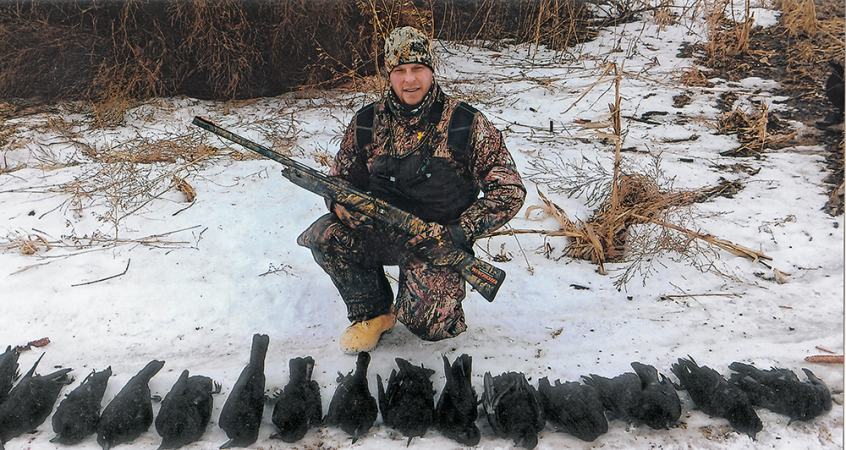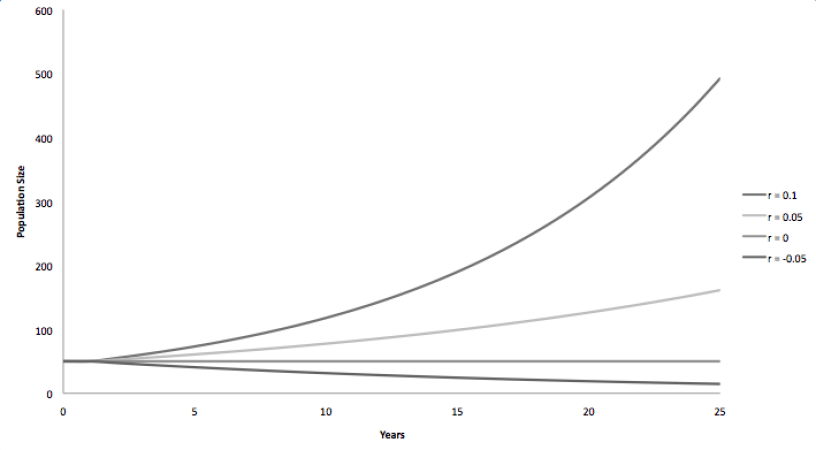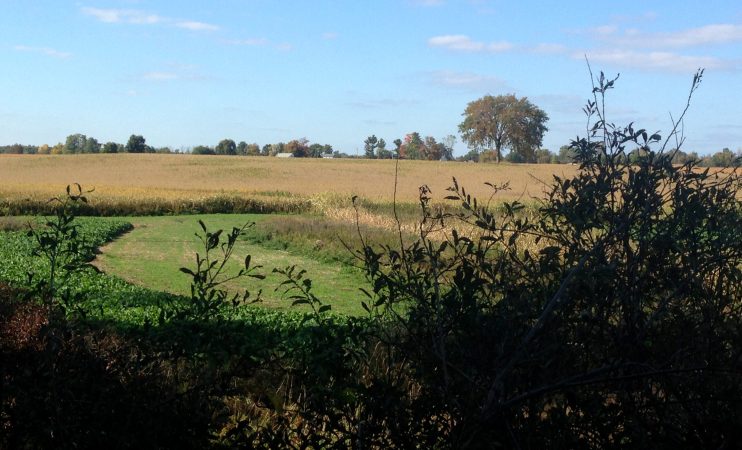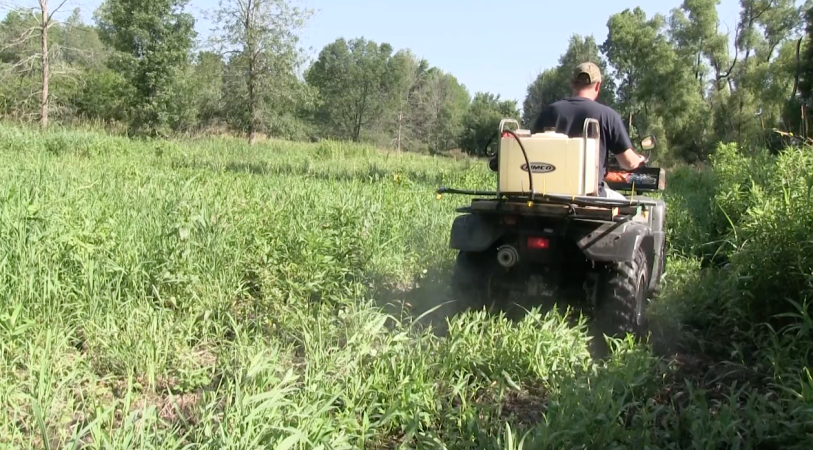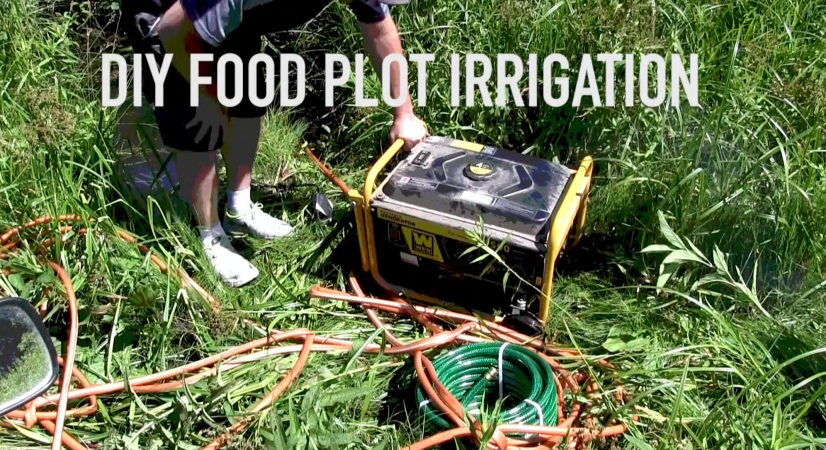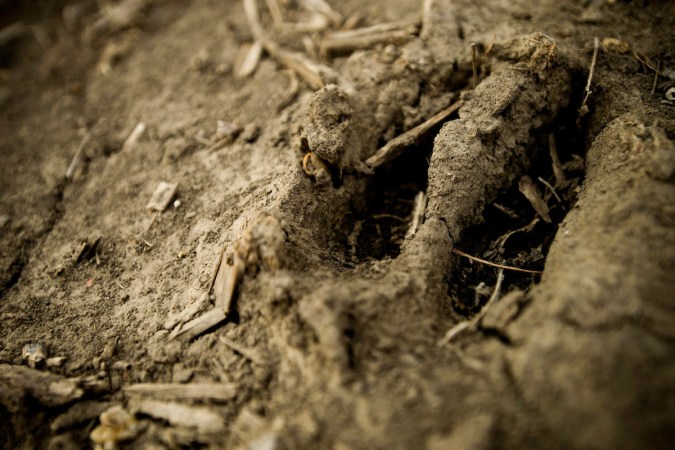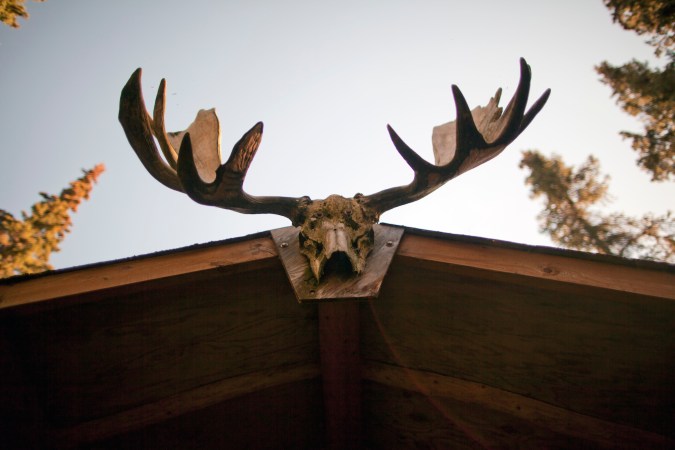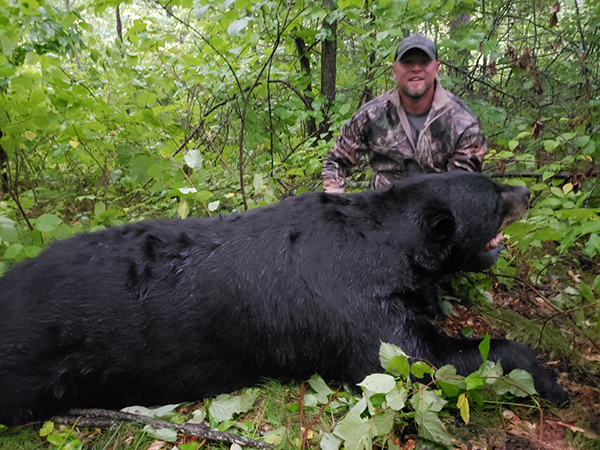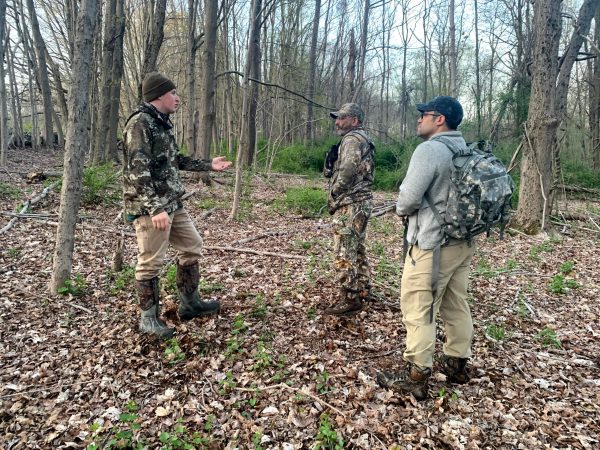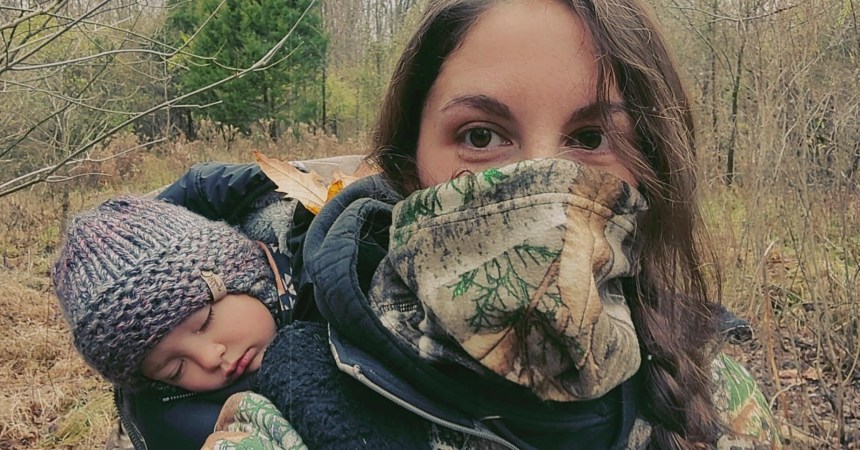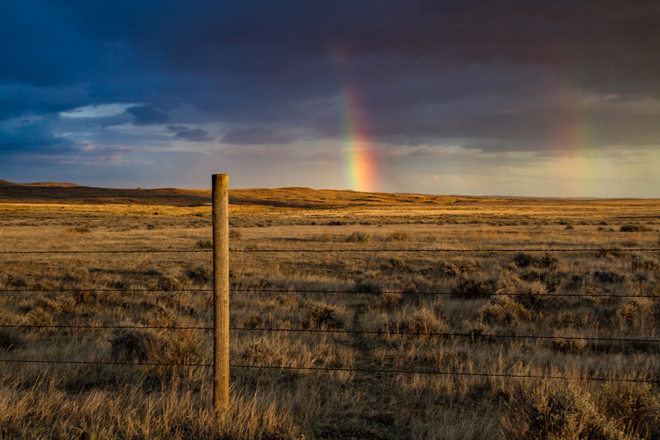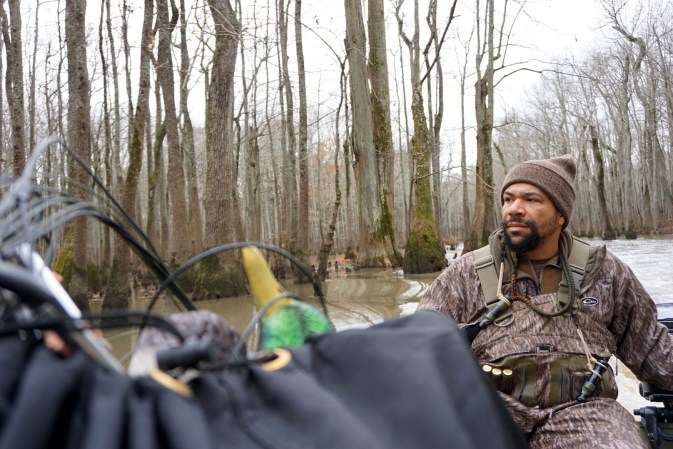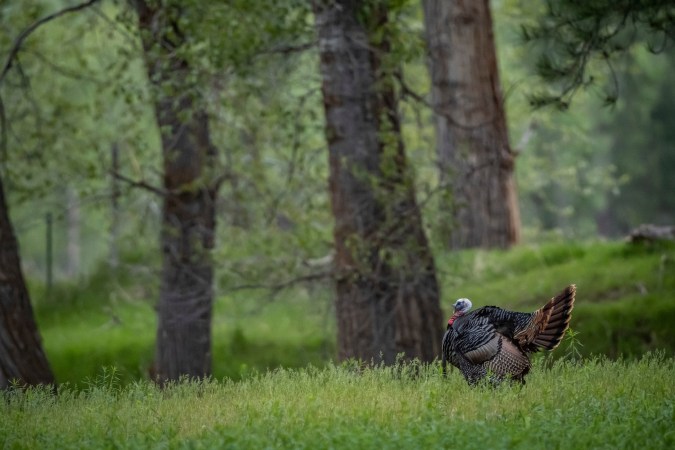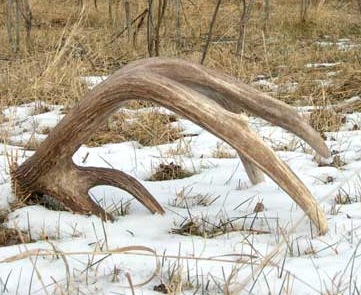Researchers with the Conservancy of Southwest Florida have captured the largest Burmese python ever recorded in the state. It took three people to carry the massive snake, which weighed a jaw-dropping 215 pounds and measured 17 feet, 7 inches in length.
Ian Bartoszek, Ian Easterling, and Kyle Findley were part of the Conservancy’s python-tracking team that found the snake in December. The giant female easily breaks their previous record for the biggest python ever caught in Florida, which weighed 185 pounds.
Read Next: Hunting Invasive Pythons in the Everglades
“That was kind of a line in the sand,” Bartoszek told National Geographic. “We wondered if we’d ever cross 200 pounds. It raised the bar.”
The experienced snake researchers found the female python using what they call a scout snake—a male python fitted with a surgically-implanted transmitter. Using radio telemetry, researchers can track these scouts as they slither through the Everglades in search of large, breeding females.
The scout that led them to the record-sized female in December was a snake named Dion, Bartoszek explained. When Dion’s transmitter showed that he was staying in place for several weeks, they followed the signal deep into the Everglades. They ended up coming across the biggest snake that they—or any python hunter, for that matter—had ever seen.
Easterling and Findley then wrestled the huge python for about 20 minutes before they could subdue and transport it back to the lab.
After weighing it, the researchers euthanized the invasive python and performed a necropsy. They checked the guts of the snake and found evidence of an already-consumed deer, confirming the shared fear among ecologists that the snakes are disrupting the natural food chain and out-competing native predators like bobcats and panthers.
They also looked at the snake’s follicles in order to gauge its reproductive potential and found 122 developing eggs—which was another new record for the Conservancy. This underscores the importance of their December discovery, as ecologists and bounty hunters have worked together over the past 20 years or more to eliminate as many of the invasive snakes from the state as possible.
A Never-Ending Snake Hunt
Snake wrangling has gotten increasingly popular in recent years, with characters like the “Python Cowboy” making a name for themselves on social media, and Florida Governor Ron DeSantis holding press conferences to promote the state’s Python Challenge. But the sheer number of pythons in the Sunshine State means that the quest to rid the Everglades of Burmese pythons could be an eternal one.
The problem began with a few careless pet owners in the 1990s, and it has grown out of control in the thirty years since, with current estimates of their statewide population ranging between 30,000 and 300,000. Spread that many camouflaged reptiles over 1.5 million acres of dense wetlands and you can begin to see the scope of Florida’s python problem.
Native to the jungles and grassy marshes of Southeast Asia, Burmese pythons are at the very top of Florida’s least-wanted list. They have been linked to nearly 90 percent declines in some native mammal species, according to the United States Geological Survey’s estimations, and once they get longer than six feet or so, the snakes have no natural predators in the wild.
Some research also suggests that the species’ range is expanding northward, which makes containing their spread even more important. One of the most effective ways to do this is to track down large, egg-laden females and kill them before they can lay their eggs—which is exactly what Bartoszek and the team at the Conservancy are focusing on.
Why the Discovery Matters
Outdoor Life spoke with Bartoszek, who runs the Conservancy’s research and removal team along with Easterling and intern Findley. Bartoszek told us more about their methods and helped explain why their capture of a 215-pound female is so significant. The following interview has been condensed and edited for clarity.
Outdoor Life: So, can you tell us more about the discovery itself? Walk us through the day when you found the big female.
Ian Bartoszek: Myself, Ian Easterling, and Kyle Findley had been keeping tabs on Dion and all his buddies throughout the summer and into the winter breeding season. We tracked him to an area where he was kind of lurking around, and lo and behold, he was nearby this big female. The next check he was with her, so the crew pounced on her—Ian and Kyle grabbed her. Sometimes when they’re this big in the breeding season, it can be a little anticlimactic, but she wanted to throw her weight around. I’ve seen this before…but she balled up her tail—almost like she made a fist with her tail—and she punched Ian in the face. So that was fun. Then there was 15 or 20 minutes of wrestling before the snake was put in a bag and into a box, and then back to the lab.
OL: And then what did you find when you took the snake back to the lab?
Bartoszek: When we opened her up, she had whitetail hoof cores inside, and I’m here to tell you…we see that often. The deer had already assimilated, and all we had left was a fist-sized ball of hair and hoof cores. I’m not a deer biologist, but this was a large, fully grown whitetail deer that probably weighed 70-plus pounds if I had to shoot from the hip. But here’s the thing, earlier this season, we found a 10-pound python that had a 6-pound fawn inside. This is what these animals are capable of.
OL: Wow. So, this is something you see often?
Bartoszek: Oh, yeah. There was one day, it was back in 2014 or 2015, when we tracked down a 31-and-a-half pound snake with a big prey bulge. We caught her in the field, came back, and she spit up a whitetail deer that weighed 35 pounds. It was the largest prey-python size ratio ever recorded, and that’s the smoking gun. That’s what we’re up against. It’s not just rabbits and mice they’re eating. They might start off that way, but early on they become big-game hunters. And that’s why we’re here talking about snakes. It’s the impact across the food web in the greater Everglades. There’s cascading effects occurring in real time. They’re not after us, but they’re after our wildlife. And we’re after them.
OL: On that note, can you tell us a little more about the “scout snake” method your team has developed at the Conservancy?
Bartoszek: Our method is using snakes to find snakes. We radio tag male snakes, and during the breeding season they lead us to the big girls. I like to say that the best python detector on the planet is a male Burmese python in the breeding season. The analogy is that we’re looking for needles in a haystack. And how do you find the needles? With a bag of magnets. Our males are our magnets, and we now have 40 male pythons working for us.
OL: And do these male scouts tend to seek out the biggest breeding females? Or how does that work?
Bartoszek: In general, our scouts seem to seek out the fittest females—within reason. That female was the first snake that Dion found for us, and when we got him off his girl, he was already on another one. He found us five females in the next two months. Are we gonna get ‘em all? No. But we’re not sitting on the sidelines. We’re getting in the game, and we have been for the last decade.
OL: So are you seeing fewer big females after ten years of this strategy?
Bartoszek: We’ve gotten very effective at the removal of our large female class. In some areas where we’ve been putting pressure, it’s getting harder and harder to find these bigger snakes. The females we’re finding are coming in smaller, and sometimes scouts are having a hard time locking onto any females. This suggests that we’re moving in the right direction.
OL: Can you talk a little bit about why the discovery and capture of this 215-pound female was so important?
Bartoszek: She had 122 eggs inside. That’s a record by far—the average clutch size for pythons in southwest Florida is 45 eggs. So, that snake alone would have laid 122 baby python eggs, and those would have all hatched. They might not all survive, but they would be off to the races. Our method is to get ‘em before they lay those eggs, and 75 percent of the mass we pull out each season are females. We measure our removal season in tonnage, and, to date, we’ve removed 26,000 pounds of pythons. This season alone was a two-ton season, and three-quarters of those were big females. That’s gotta count for something.

